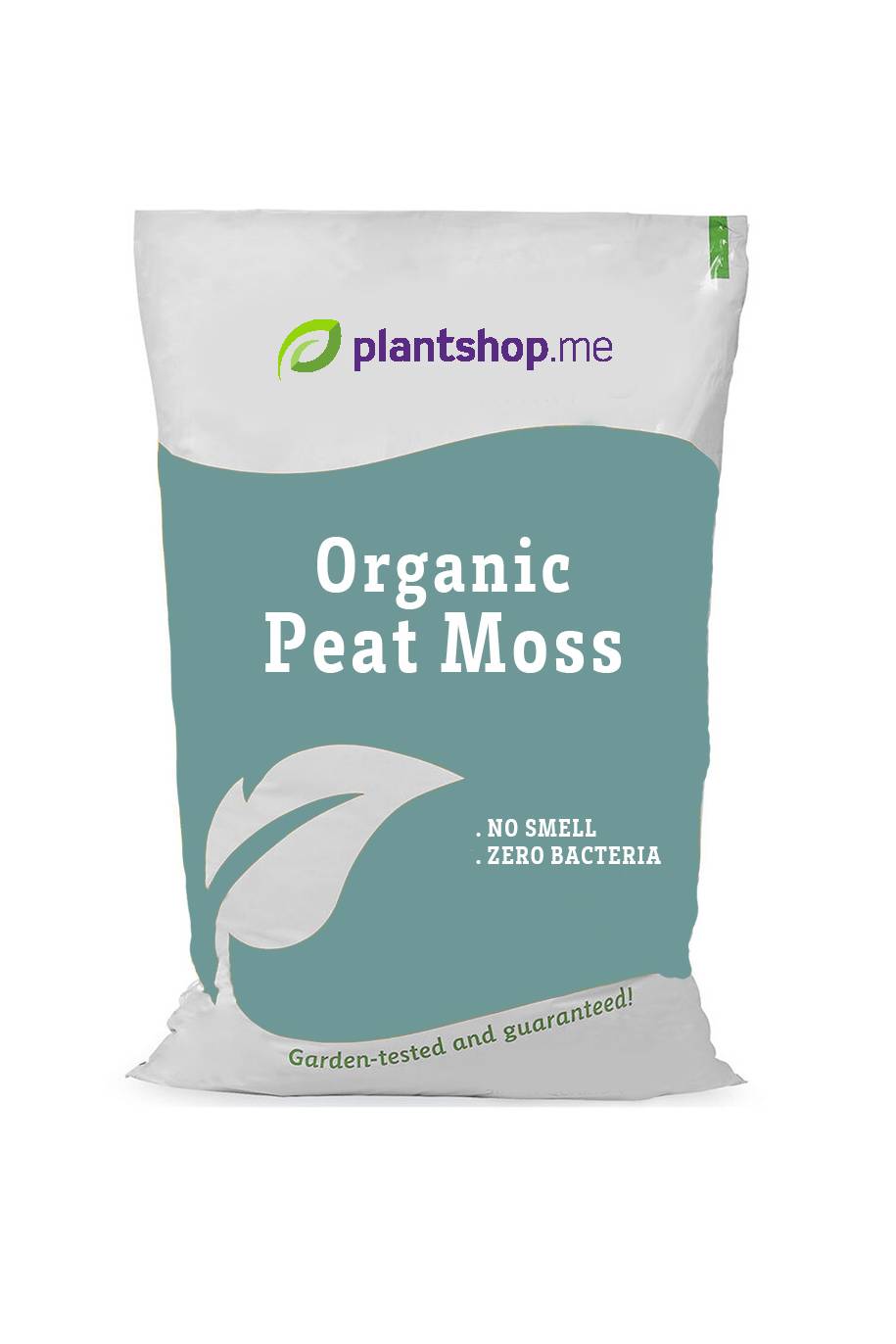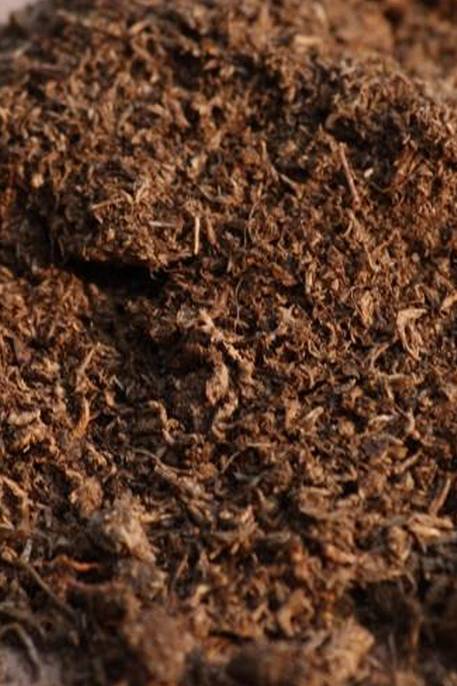Plant Bio
Murraya paniculata, commonly known as Orange Jasmine or Mock Orange, is a popular evergreen shrub or small tree known for its attractive, aromatic, and star-shaped white flowers. It is native to South Asia but is widely cultivated in many other regions. Here's a description and care guide for Murraya paniculata:
Description:
Foliage: Murraya paniculata features glossy, dark green, pinnately compound leaves with 3-9 leaflets. The leaves emit a pleasant citrus fragrance when crushed, giving it the common name "Orange Jasmine."
Flowers: The plant produces small, white, highly fragrant flowers with a five-petal, star-shaped appearance. These flowers are typically borne in clusters and can bloom throughout the year, especially in warmer climates.
Fruit: After flowering, Murraya paniculata may produce small, red to orange, berry-like fruits that are not typically eaten and are mainly ornamental.
Growth Habit: Depending on how it's pruned and grown, Murraya paniculata can be maintained as a compact, bushy shrub or trained into a small tree that can reach heights of 6 to 20 feet (1.8 to 6 meters).
Care Guide:
Location:
Plant Murraya paniculata in a location that receives full to partial sun. It can tolerate a range of light conditions but prefers bright, indirect sunlight for optimal growth and flowering.
Soil:
Use well-draining, loamy soil with good organic content. Ensure that the soil has a slightly acidic to neutral pH (around 6.0-7.0).
Watering:
Water regularly to keep the soil consistently moist, especially during the growing season (spring and summer). Be careful not to overwater, as this can lead to root rot. Reduce the frequency of watering in the dormant season (fall and winter).
Fertilization:
Feed your Murraya paniculata with a balanced, slow-release fertilizer during the growing season to promote healthy growth and flowering. Follow the product's instructions for application rates.
Pruning:
Prune the plant as needed to maintain its shape, remove dead or diseased branches, and encourage new growth. Pruning can be done after flowering to control its size and improve its appearance.
Pest and Disease Management:
Murraya paniculata is generally resistant to most pests and diseases. However, monitor for issues like aphids, mealybugs, or sooty mold and treat them promptly if they occur.
Mulching:
Apply a layer of organic mulch around the base of the plant to conserve moisture, regulate soil temperature, and suppress weeds. Avoid piling mulch against the trunk.
Murraya paniculata is a versatile and fragrant addition to gardens, commonly used for hedges, screens, or as standalone ornamental specimens. Its aromatic flowers and attractive foliage make it a popular choice for both its visual and olfactory appeal. With proper care, it can thrive and enhance the aesthetics of your landscape.





















